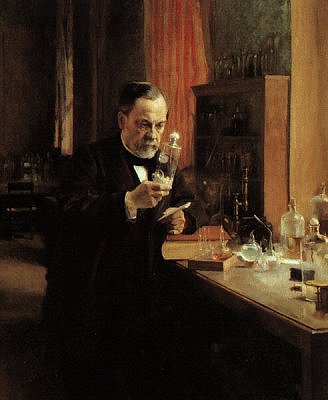Cheese is a way to conserve milk. You add “good” bacteria to milk and they will eat all the nutrients so that “bad” bacteria cannot live in cheese. Therefore it is not really necessary to pasteurize milk. In general the rule is that a cheese is safe to eat after aging for 60 days. However, if you are not 100% sure about your milk you can pasteurize it as follows:
- Heat the milk to 66 C. Stir the milk to prevent scorching.
- Leave it for 30 minutes at this temperature.
- Cool the milk as fast as you can. You can do this by putting it in ice water. If you add some salt to the water it will cool even faster.
This method is called LTLH or Low Temperature Long Hold. Another method is called HTSH or High Temperature Short Hold. The procedure is the same but in this case you heat the milk to 70-72 C and keep it at that temperature for 15 seconds.
According to the book from which I shamelessly copied this information, pasteurizing at the lower temperature is the best because some useful enzymes and bacteria can survive this procedure.
Boiled milk falls under the definition Ultra Pasteurized milk. Which is (as far as my knowledge goes) not the same as UHT because this has to be heated to 137 C.
I have never tried this and according to some websites it is not possible to make cheese from Ultra Pasteurized milk.
To make a not very long story even shorter; Don’t boil your milk.
Hans


